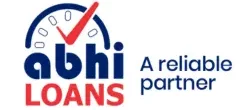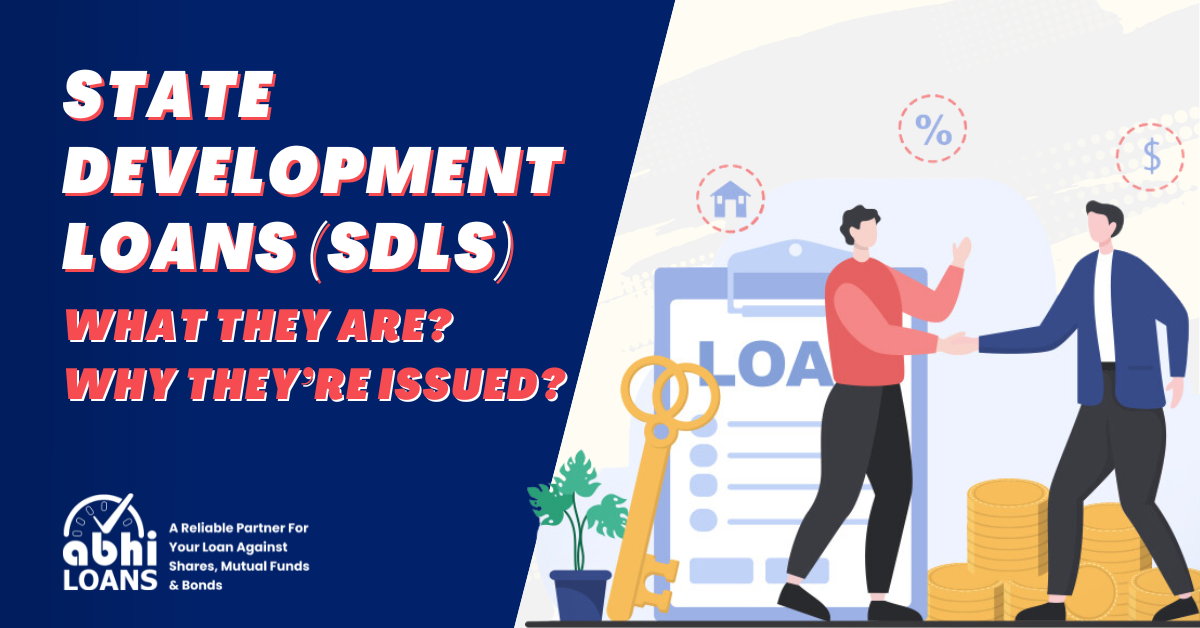State Development Loans (SDLs): What They Are and Why They’re Issued
State Development Loans (SDLs) play a crucial role in the economic landscape of a country, serving as a financial instrument issued by state governments. These securities are essential for funding various developmental projects undertaken at the state level. In this blog post, we will delve into the intricacies of SDLs, exploring their significance, purpose, and the mechanisms governing their issuance.
Understanding State Development Loans (SDLs)
State Development Loans, commonly known by the acronym SDLs, are debt instruments issued by individual state governments within a country. These loans are a means for state governments to raise funds for a variety of purposes, primarily centered around infrastructure development, social welfare programs, and other state-specific initiatives. SDLs are typically long-term securities with maturities ranging from 5 to 15 years, offering investors a fixed interest rate.
Importance of SDLs
The issuance of SDLs is crucial for several reasons, primarily driven by the financial needs of state governments. Some key aspects that highlight the importance of SDLs include:
Localized Development:
SDLs empower state governments to undertake and finance projects tailored to their specific developmental needs. This localized approach ensures that the funds raised are directed towards initiatives that directly benefit the residents of a particular state.
Diversification of Funding Sources:
SDLs provide state governments with an additional avenue for raising funds, complementing revenue generated through taxes and other sources. Diversification is essential for financial stability and flexibility, as it enables states to manage their fiscal responsibilities effectively.
Infrastructure Investment:
The funds generated through SDLs are often earmarked for critical infrastructure projects, such as roads, bridges, schools, and hospitals. These investments contribute to economic growth, job creation, and an improved quality of life for citizens.
Stimulating Regional Economies:
SDLs play a vital role in stimulating regional economies by facilitating development in underserved or economically lagging areas. This contributes to a more balanced and equitable distribution of resources and opportunities across different regions within a country.
Purpose of State Development Loans
State governments issue SDLs with specific objectives in mind, all aimed at fostering economic growth and development within their respective territories. The primary purposes of SDLs include:
Infrastructure Development:
SDLs are often utilized to finance large-scale infrastructure projects, such as the construction of highways, bridges, and public buildings. These investments have a direct impact on the overall development and modernization of the state.
Social Welfare Programs:
States use SDL funds to support social welfare initiatives, including education, healthcare, and poverty alleviation programs. This ensures that essential services are adequately funded, contributing to the well-being of the state’s residents.
Debt Management:
SDLs also play a role in managing the overall debt portfolio of state governments. By diversifying their sources of debt, states can optimize their borrowing costs and manage repayment obligations more effectively.
Budgetary Support:
SDLs provide a crucial source of budgetary support for states, especially during times of fiscal stress. They offer a means for states to bridge budgetary gaps and maintain financial stability.
Economic Stimulus:
In times of economic downturns or crises, states may issue SDLs to inject funds into the economy, providing a stimulus for recovery and growth.
Conclusion
State Development Loans are a vital financial instrument that empowers state governments to address their unique developmental challenges. The issuance of SDLs serves as a strategic means for states to raise funds, diversify their sources of revenue, and undertake projects that contribute to economic growth and social well-being. Understanding the importance and purpose of SDLs is crucial for investors, policymakers, and citizens alike, as these securities play a key role in shaping the economic landscape at the state level.
Frequently Asked Questions (FAQs)
Q-1: How are SDLs different from sovereign bonds?
SDLs are issued by individual state governments, while sovereign bonds are issued by the central government of a country. Sovereign bonds represent the national debt, while SDLs are specific to the financial obligations of a state.
Q-2: Who can invest in State Development Loans?
SDLs are open to a wide range of investors, including banks, financial institutions, insurance companies, and individual investors. The securities are typically traded in the secondary market, providing liquidity for investors.
Q-3: What factors determine the interest rates on SDLs?
The interest rates on SDLs are influenced by factors, such as the creditworthiness of the state, prevailing market conditions, and the overall economic environment. States with higher credit ratings may attract investors at lower interest rates.
Q-4: Can SDL funds be used for any purpose by state governments?
While SDLs provide flexibility for states to address their specific needs, there are usually guidelines specifying the purposes for which the funds can be utilized. States are expected to use the funds responsibly for developmental projects and initiatives.
Q-5: How do SDLs contribute to economic development?
SDLs contribute to economic development by providing states with the necessary financial resources to undertake infrastructure projects, stimulate regional economies, and invest in social welfare programs. These initiatives, in turn, create employment opportunities and improve the overall quality of life for residents.

